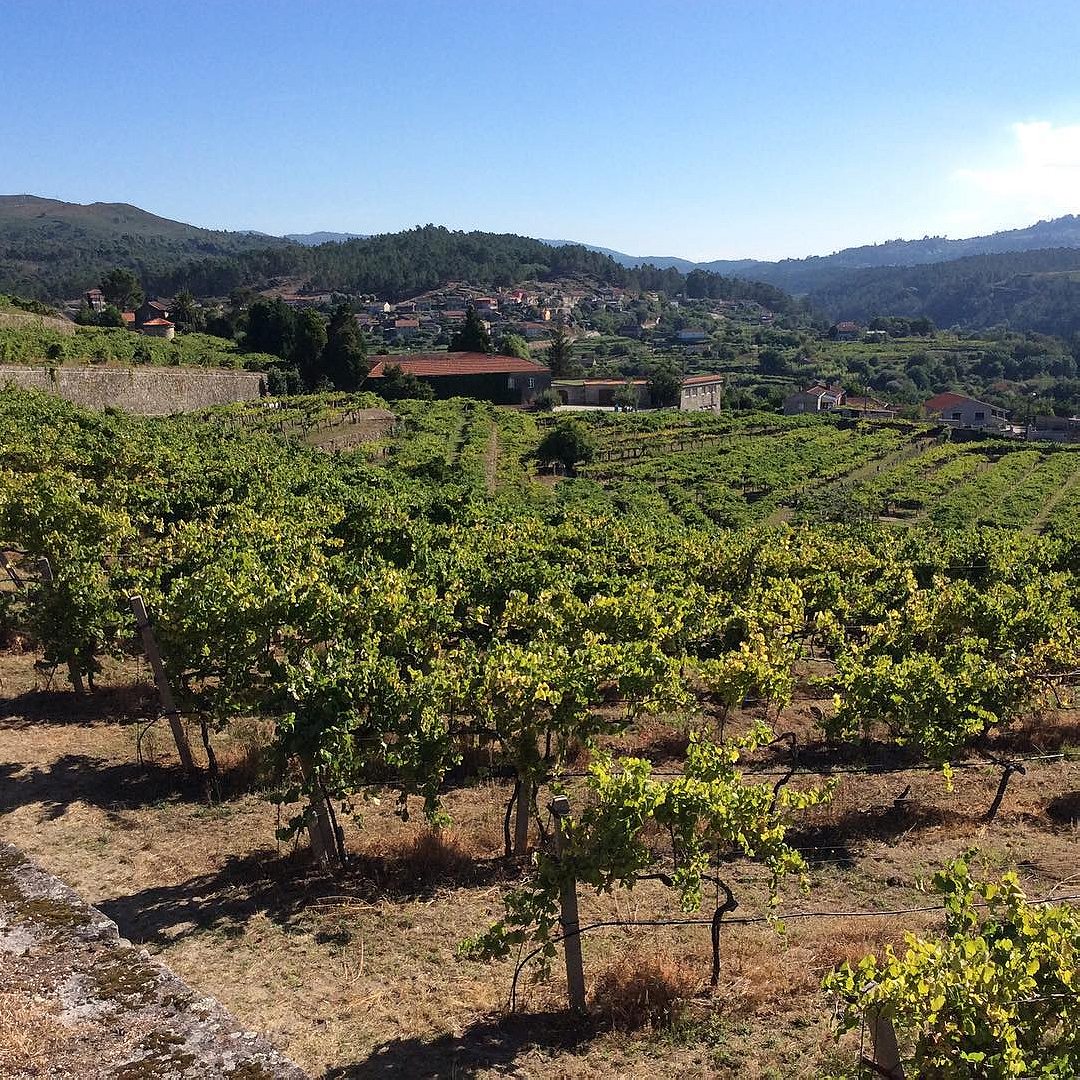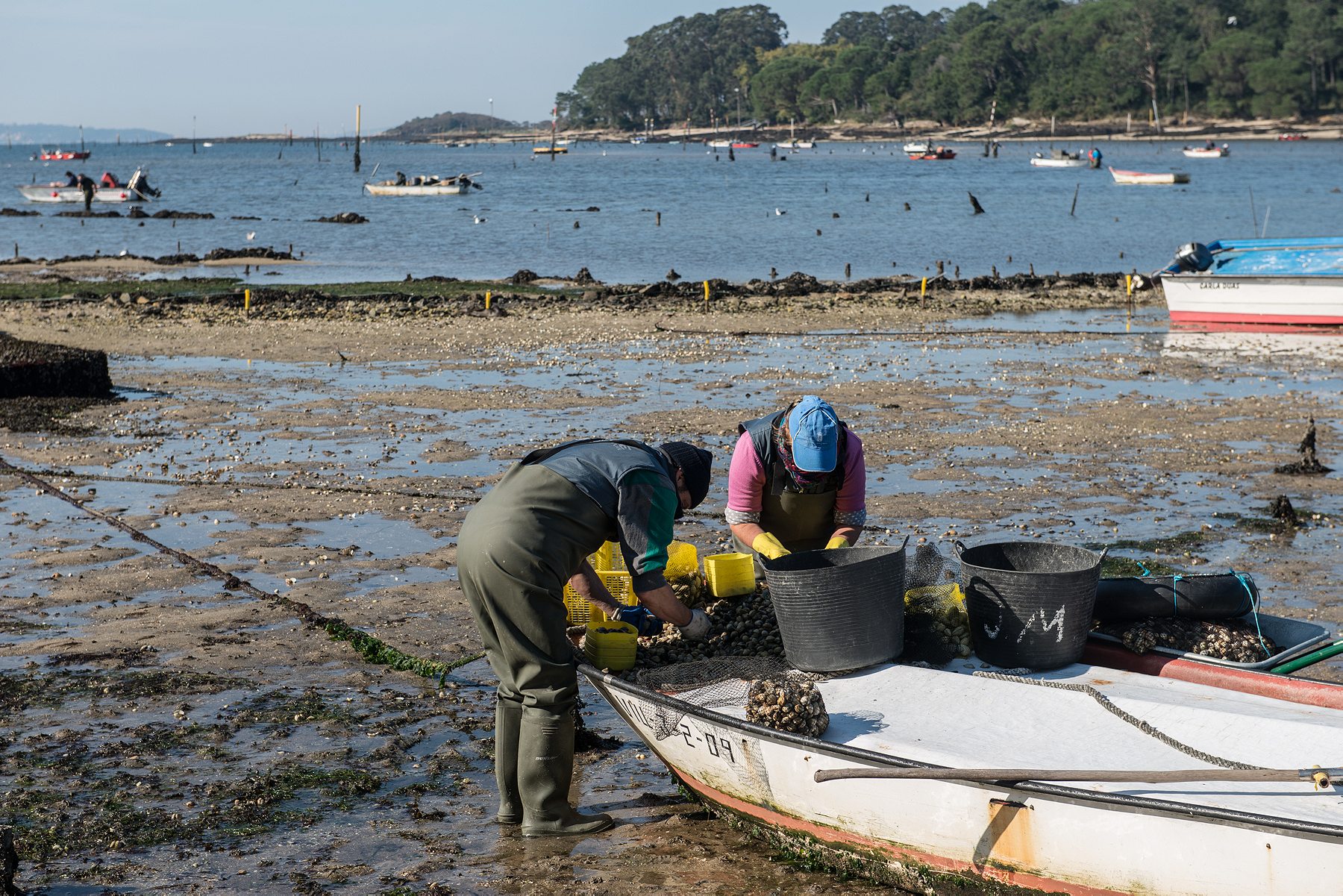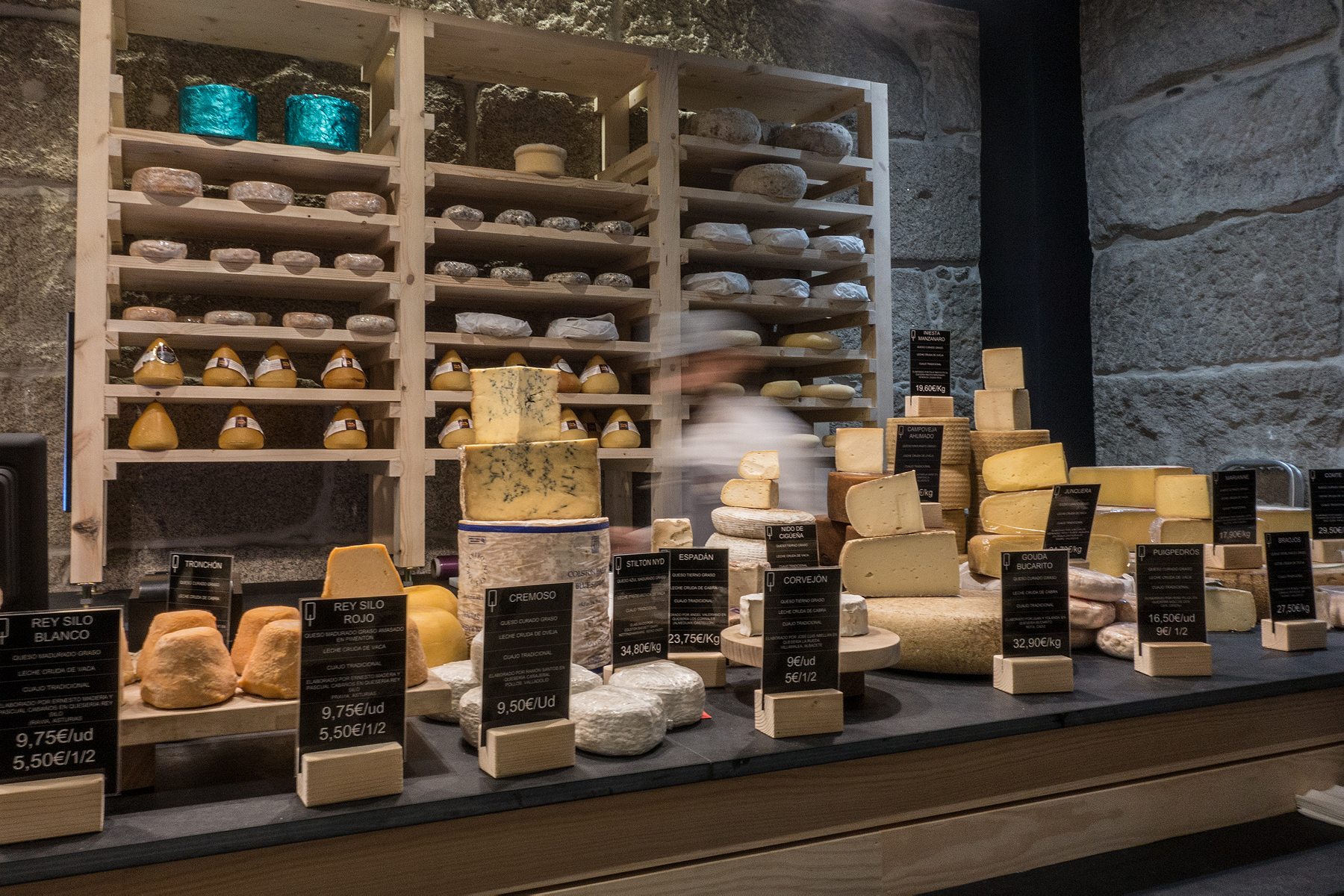Barnacles, bagpipes, and beaches: how to navigate Spain’s northwestern seafood paradise

Appreciate the natural splendor. Galicia is green and alluring. Seen from above, Galicia could be a very lumpy patchwork quilt of forest and farmland utilizing every green tone imaginable, interspersed with winding blue rivers that reach a heavily indented coast on its north and west sides. Historically, high granite and slate hills isolated Galicia from the rest of the Iberian Peninsula, yet the sea kept it open to the maritime world. And Galician character, culture, and architecture are a product of this landscape that is both inviting and closed, mysterious yet accessible.

Order the barnacles. Galicia is a seafood mecca for all Spaniards. Here, goose barnacles, known locally as percebes, are the most highly priced and valued shellfish on the market. People talk about Basque chefs and Catalan sophistication, but everyone knows that the best and freshest seafood is found in Galicia, cooked simply and to perfection. Galicia also has 13 Michelin-starred restaurants for those wanting to experience these remarkable products taken to the next level. Make sure to try pulpo a la Gallega (Galician-style octopus), navajas a la plancha (grilled razor clams) and almejas a la marinera (fisherman’s clams).


En Galicia, falamos Galego. That means: in Galicia, we speak Gallego. Expect to see and hear Gallego, a Romance language that shares roots with Portuguese, when traveling around Galicia. It is spoken extensively, especially outside of the major cities. Boasting an important literary tradition going back to the Middle Ages, it was long marginalized as a peasant language but made a big comeback in the post-Franco period. Road signs, restaurants, and museums usually use both Spanish and Gallego, but most people understand Spanish if you need to ask questions.

Don’t expect straight answers. Spaniards have their own regional stereotypes about each other: Madrileños are arrogant, Catalans cheap, Andalusians fun-loving, and Galicians cagey. There are two well-known Spanish sayings: If you meet a Galician in a stairwell, you’ll never know if he was going up or down. Also, that Galicians respond to a question with a question. Historically mistreated by local landlords and bureaucrats from Madrid, Galicians learned to avoid problems with the powers that be by keeping their heads down and their intentions hazy.

Seek out the saints. In the 9th century, Galicia, and especially Santiago de Compostela, earned a privileged spot on European maps as the final resting place of the Apostle Saint James. Since then, millions of people have journeyed along a network of pilgrimage paths known collectively as the Caminos de Santiago to visit his tomb. In the late 20th century, the Camino’s popularity resurged and ever-increasing numbers of pilgrims continue to reach Santiago. Yellow arrows and stylized scallop shells mark the pathways and Santiago de Compostela’s main square, the Plaza de Obradoiro, is constantly abuzz with new arrivals. Be sure to indulge in coffee and tarta de Santiago, Santiago’s deservedly famous almond cake.

Do as the Romans do. In mid-June, the city of Lugo time-warps to the 1st century A.D. with its Roman festival par excellence, Arde Lucus. A UNESCO World Heritage Site since 2002, historical Lugo is encircled by the Roman Empire’s most well-preserved wall. Locals take advantage of this beloved monument and go all out, dressing in period-appropriate costumes and recreating Roman Lugo. For three days and nights, gladiators fight, legionnaires march, chariots race in the circus, Senators debate in the Forum, and native Galicians fight off Roman invaders.


Find new wines. While Albariño is Galicia’s most famous white-wine varietal, the region produces a great array of white and reds in five distinct denominación de origen areas. Galicia possesses vastly differing microclimates and soil conditions, from the coastal Rías Baixas, where the grapes mature in the sea breezes, to the interior Ribeira Sacra, defined by its steep, terraced hillsides set along the sinuous Río Sil. Be sure to check out local varietals such as white Godello, Loureiro, and red Mencía.

Don’t call it a river. Rías (in English, tidal estuaries) are not the same as ríos (rivers). Up to 20 miles long, the large number of rías explains why Galicia’s 1,000 miles of highly irregular coastline makes it Spain’s longest. Galicia’s 750 beaches are among Spain’s finest and most deserted. Most of Galicia’s 2.7 million residents live along these incredibly nutrient-rich estuaries, which harbor Spain’s largest fishing ports and canneries. Coastal Vigo and La Coruña are Galicia’s two largest cities thanks to their maritime economies. In the largest estuaries, mussel platforms produce 98 percent of Spain’s cultivated mussels, making it the third-largest producer in the world after China and Chile. Don’t leave Galicia without trying steamed mussels with lemon, or enjoy them at home by buying the region’s high-quality canned mussels in escabeche.


Soak in the sun. Summer days never seem to end in Galicia. Despite being on the same longitude as their neighbor to the south, Portugal, Galicia shares the same time zone as the rest of Spain, Italy, France and even Germany, meaning summer afternoons are long. Look for magnificent sunset views from an infinite number of stunning coastal viewpoints and mountain tops.

Listen to bagpipes. The gaita, or Galician bagpipe, is an essential part of Galician folk music. Contrary to popular thought, the bagpipe is not a Scottish or Irish invention. Most likely born in the shepherding cultures of the ancient Near East, Roman troops took the bagpipe to the far corners of the Empire. European medieval music frequently incorporated the bagpipe, and after its decline in the 18th century, it remained popular in disperse communities across the continent, including Galicia. For this reason, Galician folk music got swept up in the loosely historical New Age “Celtic music” movement. Even if it’s not exactly accurate, it’s a great marketing label. Every year, Galicia hosts one of the most popular Celtic music festivals in Europe: Festival del mundo celta de Ortigueira.

But don’t buy entirely into the Celtic myth. In the same tradition that lumps Galician folk music into the Celtic music bag, bad history, nationalism, and romantic invention have combined to make Galicia “Celtic Spain.” Tourist shops hawk Celtic symbols never found here. Guidebook writers repeat the silly idea that Galicians are often blond-haired and blue-eyed and somehow more Celtic Irish than Spanish. When the Romans conquered Galicia, they found a unique Iron-Age Castro Culture that shared some elements with other European Celtic peoples. The Romans left many imprints on the Castro peoples—language, towns, and religion—as did other, later settlers, including the Germanic Suebi and the Visigoths, as well as marauding invaders such as Vikings, Normans, the English, and even Turkish Corsairs. These influences combined to create something uniquely Galician that doesn’t need an imagined Celtic past to differentiate itself.


Dig up ancient history. For those interested in Galicia’s pre-Roman history, Galicia is a goldmine of Megalithic (meaning big stone) funeral tombs (dolmens), petroglyphs (hunt scenes and spirals carved in rocks), and ruins of Castro Culture hill forts. Taken together, these monuments span about 3,800 years of prehistory. Excellent interpretive centers exist for each: look for the Dolmen de Dombate west of La Coruña, Campo Lameiro for rock art south of Santiago de Compostela, and the Castro village of Viladonga north of Lugo.

Eat from the land and the sea. As John Barlow’s book Everything But the Squeal tells us, the sea isn’t the only protagonist in the Galician kitchen. Creamy cow’s milk cheeses, sometimes drizzled with rich, dark heather honey or paired with tangy quince, delight the palate. Galicia’s rich farmland produces high-quality beef (Ternera Gallega) exported throughout Spain. Nutritious winter greens typically find themselves in the region’s soup Caldo Gallego, eaten with crusty, rye-enriched bread. And the humble pig is found everywhere, both as protagonist and in a supporting role: fresh, salted, smoked, in stock, in chorizo sausages, or as a filling for the region’s unique stuffed savory pastries, empanadas.


Take a walk. Solitude seeking walkers will be entranced with Galicia’s newly created O Camiño dos Faros (The Way of the Lighthouses), a 125-mile coastal hiking trail along Galicia’s legendary Costa da Morte, linking the towns of Malpica and Finisterre. The sea is the main protagonist along this frequently breathtaking trail where the spindrift mists walkers lulled by the constant sound of breaking waves.

Find a fire ceremony. La Queimada! To end your time in Galicia, there’s nothing like an exciting fire ritual to scare away bad spirits. In a ceramic dish, the local distilled spirit aguardiente—burning water, also called orujo—is mixed with a few coffee beans, lemon, and sugar, and then set aflame. The lights go off, the incantation starts and all the negativity flows out as you gaze into the blue flames and stir the burning liquid. The skilled raise the flames high into the air as they stir while those around the circle ooh and aah in delight. Once the alcohol burns off, the drink is passed around.